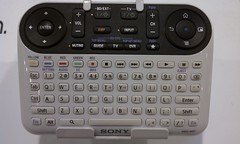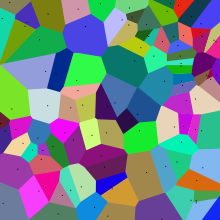There is still time left to submit your paper!
CALL FOR PAPERS
EDUCATIONAL INTERFACES, SOFTWARE, AND TECHNOLOGY 2012
3rd Workshop on UI Technologies and Educational Pedagogy
May 5-6 2012
This will be our third annual workshop in conjunction with CHI 2012.
One of the primary goals of teaching is to prepare learners for life in the real world. In this ever changing world of technologies such as mobile interaction, cloud computing, natural user interfaces, and gestural interfaces like the Nintendo Wii and Microsoft Kinect, people have a greater selection of tools for the task at hand. Teachers and students can leverage these tools to improve learning outcomes. Educational interfaces and software are needed to ensure that new technologies serve a clear purpose in the classrooms and homes of the future.
Since teachers are always looking for creative ways to engage 21st century learners, there needs to be an academic venue for researchers to discuss novel educational tools and their role in improving learning outcomes. This workshop aims at filling this void: combining the pedagogical expertise of the cooperative learning, and learning sciences communities with the technical creativity of the CHI, UIST and interactive surface communities. The objective of this workshop is to become a conference within two years
We invite authors to present position papers about potential design challenges and perspectives on how the community should handle the next generation of HCI in education.
Topics of interest include:
- Gestural input, multitouch, large displays
- Mobile Devices, response systems (clickers)
- Tangible, VR, AR & MR, Multimodal interfaces
- Console gaming, 3D input devices
- Co-located interaction, presentations
- Educational Pedagogy, learner-centric, Child Computer Interaction
- Empirical methods, case studies
- Multi-display interaction
- Wearable educational media
Submission: The deadline for workshop paper submissions is Dec 20, 2011. Interested researchers should submit a 4-page position paper in the ACM CHI adjunct proceedings style to the workshop management system. Acceptance notifications will be sent out February 20, 2012. The workshop will be held May 5-6, 2012 in Austin, Texas. Please note that at least one author of an accepted position paper must register for the workshop and for one or more days of the CHI 2012 conference.
Website: http://smarttech.com/eist2012
Contact: Edward Tse, SMART Technologies, edwardtse@smarttech.com
RELATED
Educational Interfaces, Software, and Technology Workshop Organizers

















